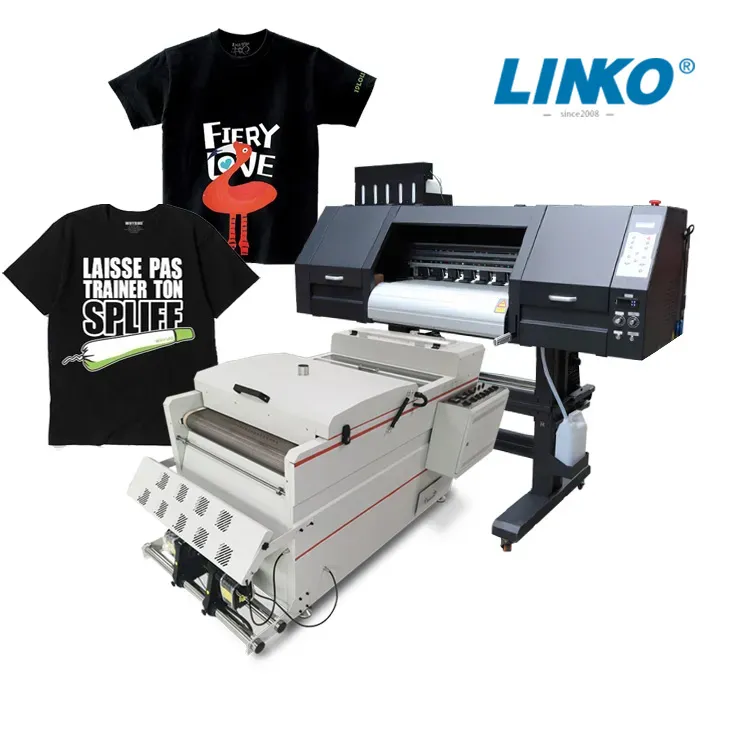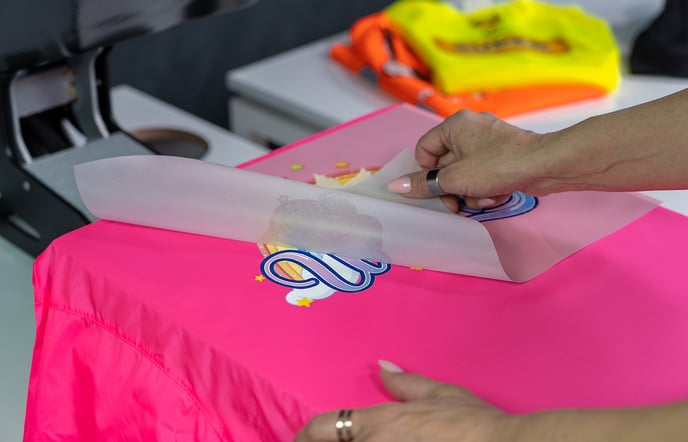DTF Printing Demystified: Whatever You Required to Find Out About Direct-to-Film
DTF Printing Demystified: Whatever You Required to Find Out About Direct-to-Film
Blog Article
Mastering DTF Printing: Idea for Getting Vibrant and Resilient Prints
On the planet of fabric printing, achieving resilient and vivid prints is a coveted skill that can raise the top quality of your output. Grasping DTF (Straight to Movie) printing calls for a blend of technical understanding, accuracy, and focus to detail. From selecting the ideal products to make improvements print settings and refining post-printing completing strategies, there are numerous elements that can influence the result of your prints. Comprehending just how to browse these details can make all the difference between a mediocre result and a really outstanding one.

DTF Printing Essentials
For those brand-new to the world of textile printing, understanding the principles of DTF printing is necessary to understanding this ingenious technique. Straight to Movie (DTF) printing is a modern approach that includes transferring designs from an unique film onto numerous fabrics using a warmth press. Unlike standard methods like display printing, DTF provides advantages such as lively colors, detailed outlining, and the ability to publish on diverse products like cotton, polyester, and blends.
The process starts by printing the layout on a special DTF movie utilizing a suitable printer with CMYK or CMYKW ink sets. As soon as the style is published, it is then healed with a warm press to develop a resilient and durable print. DTF printing is understood for its ability to replicate complex styles with high accuracy and color precision, making it a popular option for organizations aiming to develop customized garments, promotional products, and more.
Selecting the Right Products

The sticky powder acts as a bonding agent in between the printed design and the textile, so it needs to have strong attachment residential properties to make certain a long-lasting and sturdy transfer. By very carefully choosing the appropriate materials for DTF printing, printers can boost the high quality, vibrancy, and longevity of their prints.
Enhancing Print Setups
When intending to attain the ideal results in DTF printing, precise interest to enhancing print setups is crucial for guaranteeing high-quality and accurate transfers onto textiles. One essential element to take into consideration when maximizing print setups is the resolution.
While boosting the rate can boost effectiveness, it may endanger the final print's this content clarity and shade saturation. Exploring with various speeds and observing the results can assist establish the optimal setting for each print task.
Moreover, tweak shade accounts and guaranteeing proper shade administration are necessary for accomplishing accurate and consistent colors throughout different prints. By adjusting shade settings and accounts, printers can reduce color inconsistencies and generate uniform outcomes, improving the overall print top quality and client complete satisfaction.
Preparing Art Work for DTF Printing
To make sure ideal lead to DTF printing, careful attention to information is vital when preparing artwork for transfer onto textiles. Begin by selecting high-resolution pictures to maintain quality and sharpness in the last print. Vector graphics are chosen as they can be conveniently scaled without shedding quality. Transform i thought about this the artwork to CMYK color setting to make sure that the shades equate accurately from screen to print. Change the shade levels and comparison as needed to improve the vibrancy of the layout. When adding message to the art work, choose font styles that are clear and appropriate for the desired dimension. Remember to mirror the last layout before printing to make certain that it transfers properly onto the garment. In addition, consider the material kind and shade when selecting the artwork, as these aspects can influence the final appearance. By complying with these actions and paying very close attention to the details, you can prepare artwork that is enhanced for resilient and lively DTF prints.
Post-Printing Finishing Methods
Carrying out efficient post-printing completing techniques is vital to improving the sturdiness and visual allure of DTF prints on fabrics. Once the printing procedure is total, applying warmth to the published design is essential.
After Continue warmth pressing, peeling off the pet dog film thoroughly is a vital step. This procedure ought to be done gradually and gradually to avoid any damages to the print. Once the movie is removed, the print might need additional treating time to further establish the ink into the textile. This step aids enhance the washability and longevity of the print, ensuring it can withstand several wash cycles without fading or splitting.
Furthermore, cutting any kind of excess film around the style can offer the final print a clean and specialist look. Putting in the time to correctly end up DTF prints post-printing can considerably influence the total quality and durability of the fabric layout.

Conclusion
To conclude, understanding DTF printing calls for a comprehensive understanding of the fundamentals, picking ideal materials, optimizing print settings, preparing art work successfully, and making use of post-printing finishing techniques. By following these ideas and techniques, one can attain resilient and lively prints that fulfill their wanted top quality criteria. Regular method and interest to information are necessary in attaining effective results in DTF printing.
From choosing the best materials to tweak print settings and developing post-printing finishing methods, there are various variables that can affect the end result of your prints. Unlike conventional approaches like display printing, DTF uses advantages such as dynamic colors, intricate describing, and the capacity to print on diverse products like cotton, polyester, and blends.
When the style is printed, it is after that treated with a warm press to create a resilient and resilient print.When aiming to attain the finest results in DTF printing, thorough interest to optimizing print setups is vital for making sure accurate and high-quality transfers onto textiles.In verdict, grasping DTF printing calls for a complete understanding of the fundamentals, picking proper materials, enhancing print settings, preparing art work effectively, and making use of post-printing finishing strategies.
Report this page